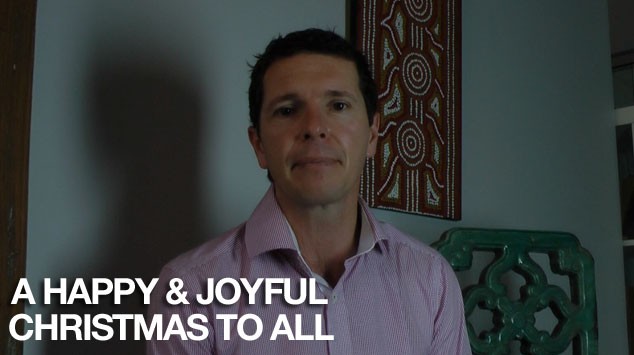A Happy & Joyful Christmas to All (24/12/2012)
Roger Montgomery is the Founder and Chairman of Montgomery Investment Management. Roger has over three decades of experience in funds management and related activities, including equities analysis, equity and derivatives strategy, trading and stockbroking. Prior to establishing Montgomery, Roger held positions at Ord Minnett Jardine Fleming, BT (Australia) Limited and Merrill Lynch.
He is also author of best-selling investment guide-book for the stock market, Value.able – how to value the best stocks and buy them for less than they are worth.
Roger appears regularly on television and radio, and in the press, including ABC radio and TV, The Australian and Ausbiz. View upcoming media appearances.
This post was contributed by a representative of Montgomery Investment Management Pty Limited (AFSL No. 354564). The principal purpose of this post is to provide factual information and not provide financial product advice. Additionally, the information provided is not intended to provide any recommendation or opinion about any financial product. Any commentary and statements of opinion however may contain general advice only that is prepared without taking into account your personal objectives, financial circumstances or needs. Because of this, before acting on any of the information provided, you should always consider its appropriateness in light of your personal objectives, financial circumstances and needs and should consider seeking independent advice from a financial advisor if necessary before making any decisions. This post specifically excludes personal advice.


Hi, I’m currently reading Value.able and I’m unsure of a concept you discuss. I would really appreciate it if you could help me out.
In table 6.1 you show that a company would be better by paying out all profits as dividends instead of retaining the earnings and reinvesting it in the business when ROE is low (5% in your example). I would have thought if the retained earnings from year 1 is invested in year 2 at year 1’s ROE then the market cap will increase by the present value of year 1’s profit (50,000 x 1.05)? Basically I think that the market cap is independent of the payout ratio assuming the ROE remains constant, therefore in your table I think the P/E ratio in year two will increase as the debt/equity ratio is reduced and the earnings are now less risky.
Really enjoying the book!.